This Valentine’s Day, Shudder gives exploitation horror fans something to love with the controversial and challenging “Nekromantik”.
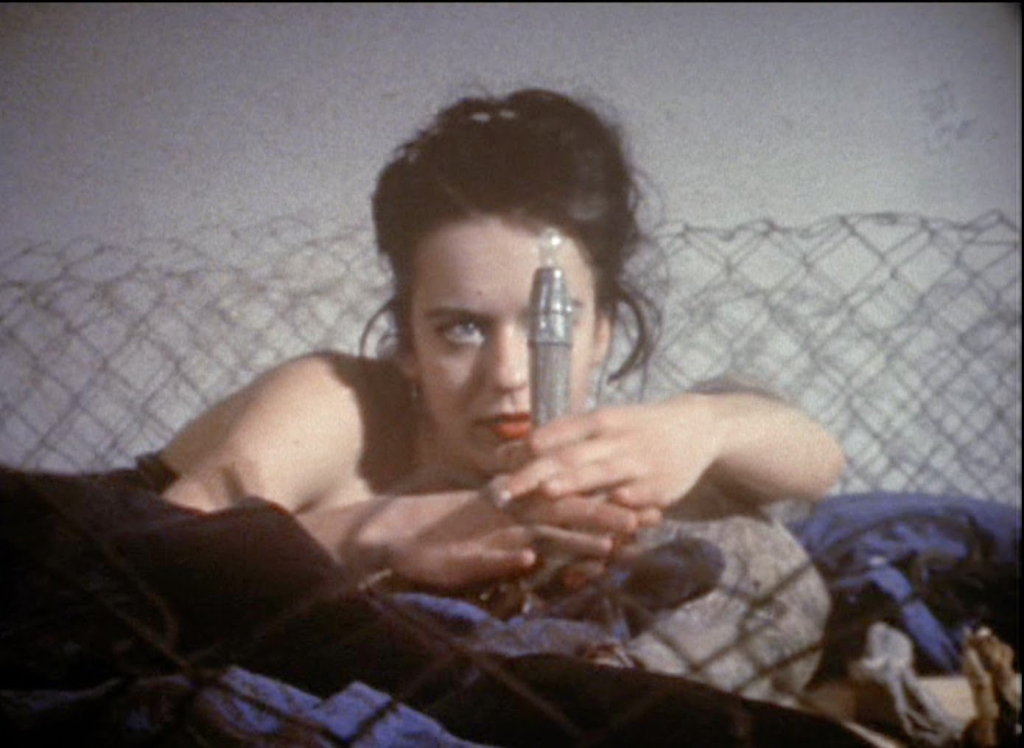
If you’re the type of diehard cinephile who enjoys kicking around the skeeviest projection booths of underground horror cinema, you’re more than prepared to uncover some incendiary pieces that exist to challenge the most seasoned of genre veterans.
We are talking about some truly transgressive blitzes that prod and provoke in ways that would leave many casual fans quivering on the floor like jelly.
These films push you to the brink and make those among us confident they can’t be jolted to feel that internal flurry of tingling astonishment, leaving you stumbling away with the silent reprieve that you’re still capable of feeling the sensation of being thoroughly shocked.
Over the years, the horror genre has produced works that have wound up banned or ignited hysteria that stomped them into obscurity to the point where they were only discussed in hushed tones at your local video store or in the nearest gathering of horror superfans.
Heroically rescuing and restoring these toxic little numbers are the wonderful boutique companies like Vinegar Syndrome, Severin, Synapse, and Arrow, or streaming apps like Shudder, giving a greasy digital stage to lightning rods of controversy such as 1971’s The Devils and 1981’s Possession.
Among those once-obscure treasures is director Jörg Buttgereit’s 1988 German shocker Nekromantik.
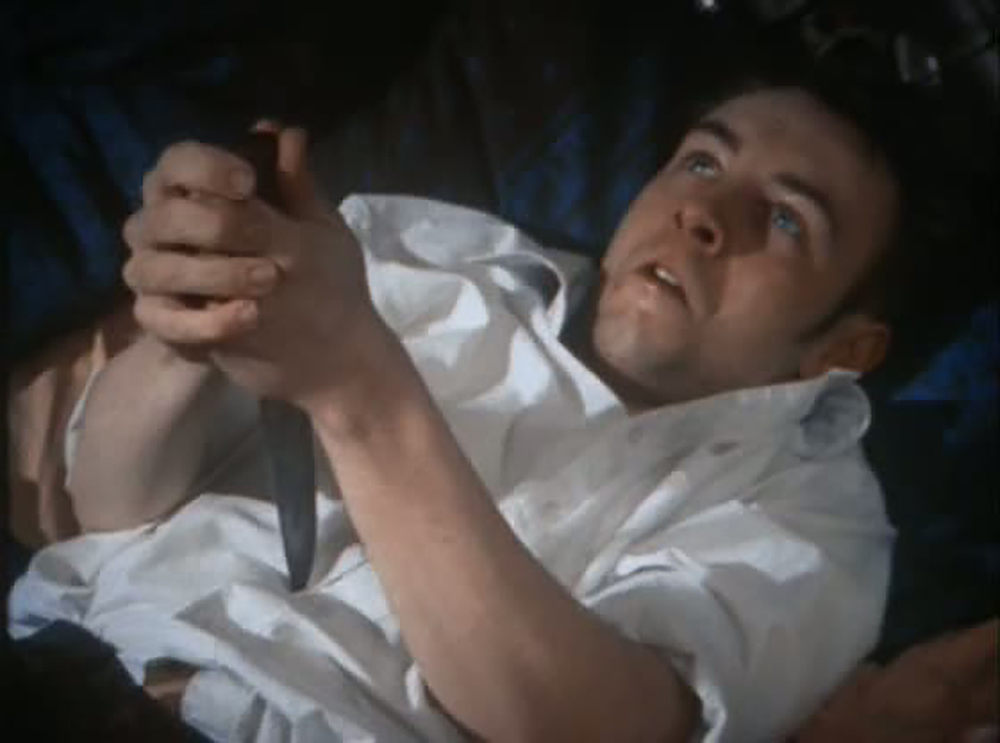
This film has been banned in various places throughout the world and has been, until now, largely absent from streaming services.
Nekromantik tells the tale of Rob Schmadtke (Daktari Lorenz), a failed medical student who has taken a job at Joe’s Cleaning Agency, an organization that turns up at various car accidents in the area to scrub human remains off the road with their bare hands.
The job has allowed Rob to be able to make off with various body parts, which he collects and displays inside the dingy apartment he shares with his equally disturbed girlfriend, Betty (Beatrice Manowski).
One day, Rob arrives home with a fully decomposing corpse, which the couple proceeds to use for their twisted sexual pleasure.
After Rob is abruptly given the boot from Joe’s, Betty leaves Rob, taking the corpse with her. Alone and growing more depressed by the day, what little mental stability Rob has left begins deteriorating rapidly, unleashing more madness that totally consumes him.
Said to be made as a middle finger aimed at Germany’s rating board, Nekromantik is the real deal when it comes to scummy grindhouse sleaze.
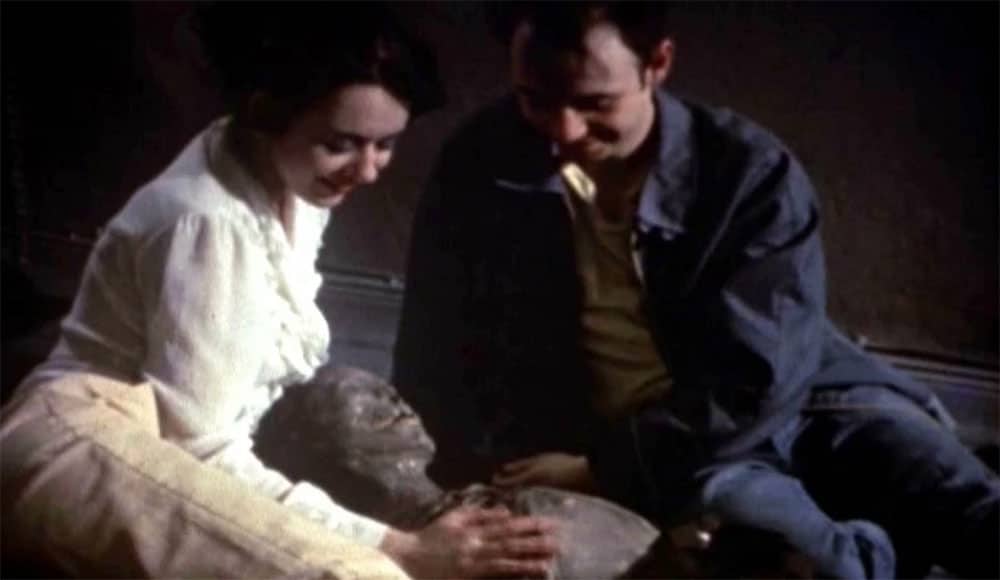
A no-budget knockout, Buttgereit’s film is undoubtedly tailor-made to send the stuffiest amongst us into a blinding fit of white-hot rage.
From the scratchy first flickers of Buttgereit’s vision, Nekromantik will weed out any posers as a stream of (probably) real urine cuts down the center of the picture like some blasphemous baptism.
You can almost hear Buttgereit and his crew cracking up, mainly because they dare you to keep pushing deeper into a yellowed sea of depravity.
Behind frames that look like they were developed in the rank fluids that ooze forth from Rob and Betty’s new playmate, what is unleashed is an unwavering level of sadism that is so outrageous it becomes darkly comedic at points.
Astonishingly, the special effects work here is top-notch, perhaps because when placed under Buttgereit’s cruddy camera lenes, they are infected further with a level of filth that hadn’t seemed this authentic since Tobe Hooper constructed a house of nightmares in 1974’s tetanus-laced The Texas Chain Saw Massacre.
Some of the sights we are treated to are a four-minute love scene with a gooey cadaver, splattery car wrecks, a revolting beheading by shovel, actual footage of a rabbit being killed, skinned, and disemboweled (probably the most unnerving sequence of the film, which is something to be said about a film that features a threesome with a corpse), and the you-gotta-see-it-to-believe-it climax that ranks among the most hysterically insane death scenes that I’ve personally seen in a motion picture.
And yet even as you fight to keep the contents of your stomach right where they are, you have to applaud Buttgereit’s ability to conjure this level of palpable grunge on his canvas.
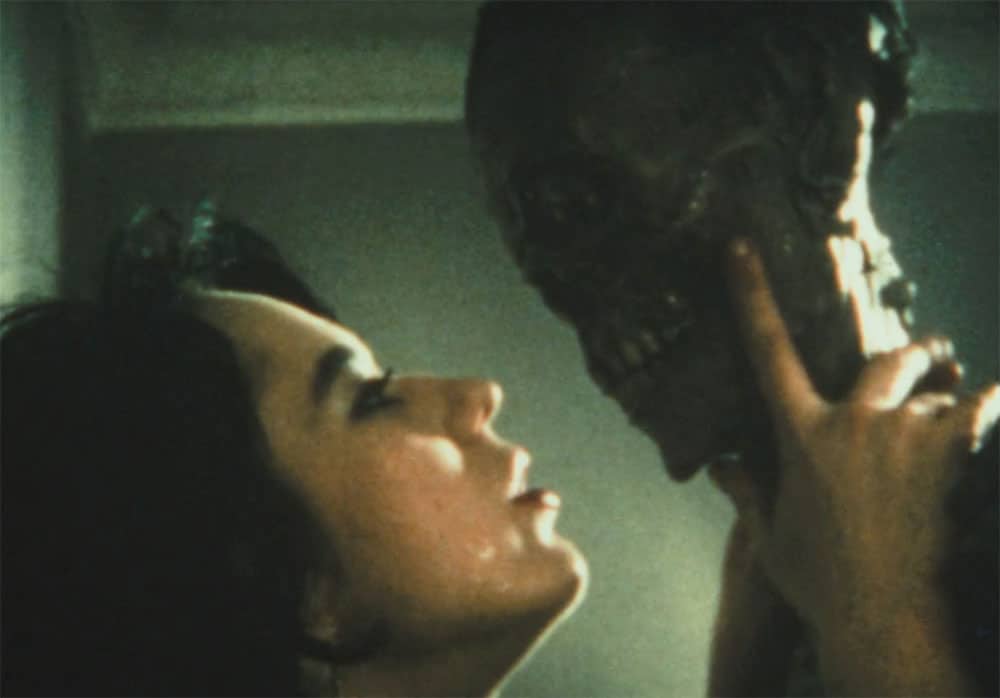
You almost feel like you may get sick from this just watching it, leaving you half-considering scrubbing your television set down with bleach after the credits roll. Or just throwing the whole thing out into the street.
When the initial shock-and-awe has subsided, what may impress you the most about Nekromantik is how layered the film is, both in style and substance.
The film wields some truly acidic arthouse bravura, specifically when Rob and Betty equip their corpse with a metallic, condom-clad pipe (remember kids, safety first!) and engage in a threesome from hell that morphs into a borderline beautiful collage of kaleidoscope romanticism.
There is quite a bit of play with hallucinatory imagery, both in a dream sequence where Rob plays catch with a decaying head and a gothic sexual excursion set in a misty graveyard that could have been borrowed from an old silent horror film.
Furthermore, Nekromantik should be commended for its progression into a fascinating character study in its second half.
The clearly amateurish Lorenz possesses the freaky ability to make you FEEL Rob’s downward spiral, revealing a spineless sad-sap totally desensitized from the horrors that slowly constrict him, only feeling sparks of orgasmic existence when he is smearing cat innards over his mouth or having sex with a dead body.
And this extends into how Nekromantik evaluates the state of horror at the time of its release and its relationship to the real-world atrocities that had become commonplace.
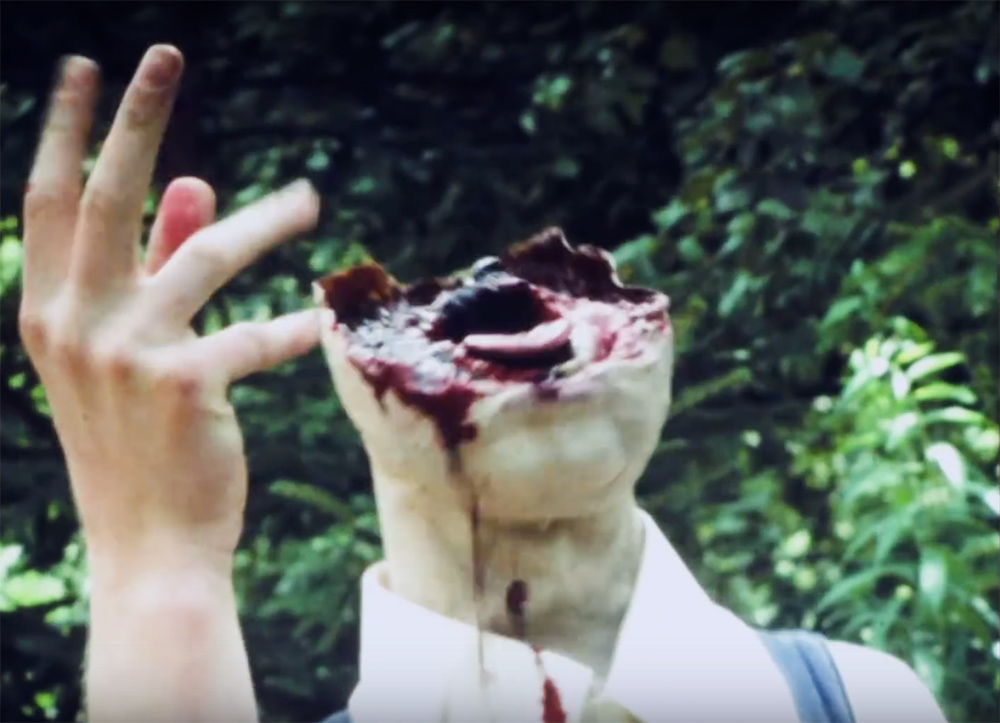
Creeping out into a market dominated by masked-slasher mania and a growing focus on packing as much on-screen carnage as possible into 90-minutes, it suggests that the genre was forced into resorting to harsher extremes to compete with the madmen that stalked the evening news, specifically the uptick in serial killers.
What is even more disturbing is the way Buttgereit illuminates mankind’s increased indifference to violence, whether it be of the real or cinematic variety.
By the time Nekromantik made its way to the screen, the world had borne witness to the Manson Family (Manson’s wild-eyed portrait adorns the wall beside Rob and Betty’s bed), David Berkowitz, John Wayne Gacy, Ed Kemper, Lawrence Bittaker, Roy Norris, and Ted Bundy — a collection of colorful creeps who inflicted atrocities so heinous, they overshadowed anything that cinema could throw at the audience.
Was anyone the same after they first saw Manson, the ringleader of the serial killer circus, first grinning at reporters with an “X” carved into his head?
THAT signaled the birth of a new kind of monster.
Was anyone the same when news reports revealed Berkowitz’s eyes gleaming for flashing cameras as he was given a victory lap of sorts by New York police? Was anyone the same after they glimpsed footage of body after body being carted out of the slime festering underneath Gacy’s suburban home?
THAT was a special breed of evil.
Altogether, they collectively unveiled an evil that walks among us. An evil that outdid any masked slasher stabbing their way through shrieking teenagers on a movie screen. It was an evil that proudly declared it was moving amongst us in the open. Right next door to YOU. In that van inching down the street. In that timid loner getting booted from his 9-to-5 job at the street cleaner.
They silently desensitized how we processed the results of their savagery, to the point where many began to shrug their shoulders and whisper, “Oh, that’s so awful. How could anyone be capable of such a thing?” over mouthfuls of their lukewarm TV dinner.
This cataclysmic shift in desensitization often turns up throughout Nekromantik.
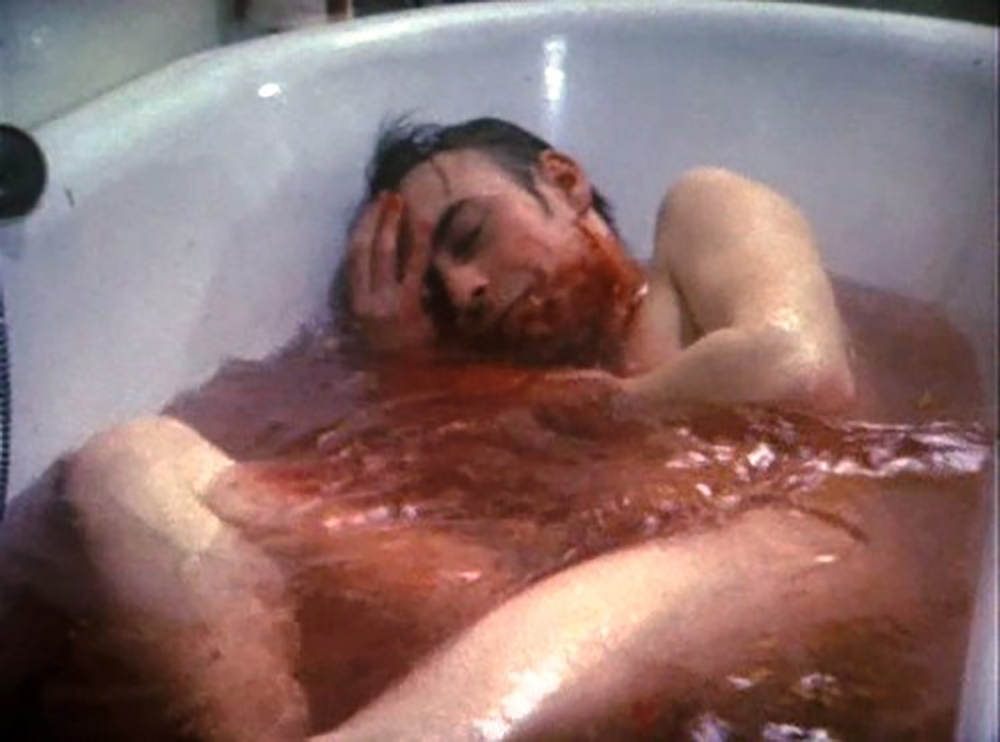
But it is cleverly reflected in the sequence where Rob wanders into a packed showing of a trashy slasher flick, where the audience smiles and fidgets with irrelevance, culminating with Rob shuffling out in a boozy state of eclipsing ennui on a quest to feel something.
And that something ain’t in the rivers of blood flowing from the switchblade jutting across the screen in front of him.
With Buttgeriet’s suggestion that the most terrifying things could actually be happening in the apartment across the hall (an idea that would become all-too-real for those who resided in the same building as Jeffrey Dahmer), Nekromantik ends up a sullen critique about the decay occurring around us, and it hits you like a sledgehammer to the gut.
What is even more incredible about Nekromantik is the interpretations that many other critics have managed to wring out of this goopy glob of exploitation excess.
I encourage you to dig deep into some of them because it adds layers of insight into a nasty little picture that packs a mighty punch.
In the end, I personally feel as though the punky Nekromantik is ultimately a grand experiment, one that takes taboo subject matter and uses it as a test – a test to see if those who seek it out will emerge with the revelation that there is darkness lurking out there that is capable of sinking its teeth into what fragility you may have left.


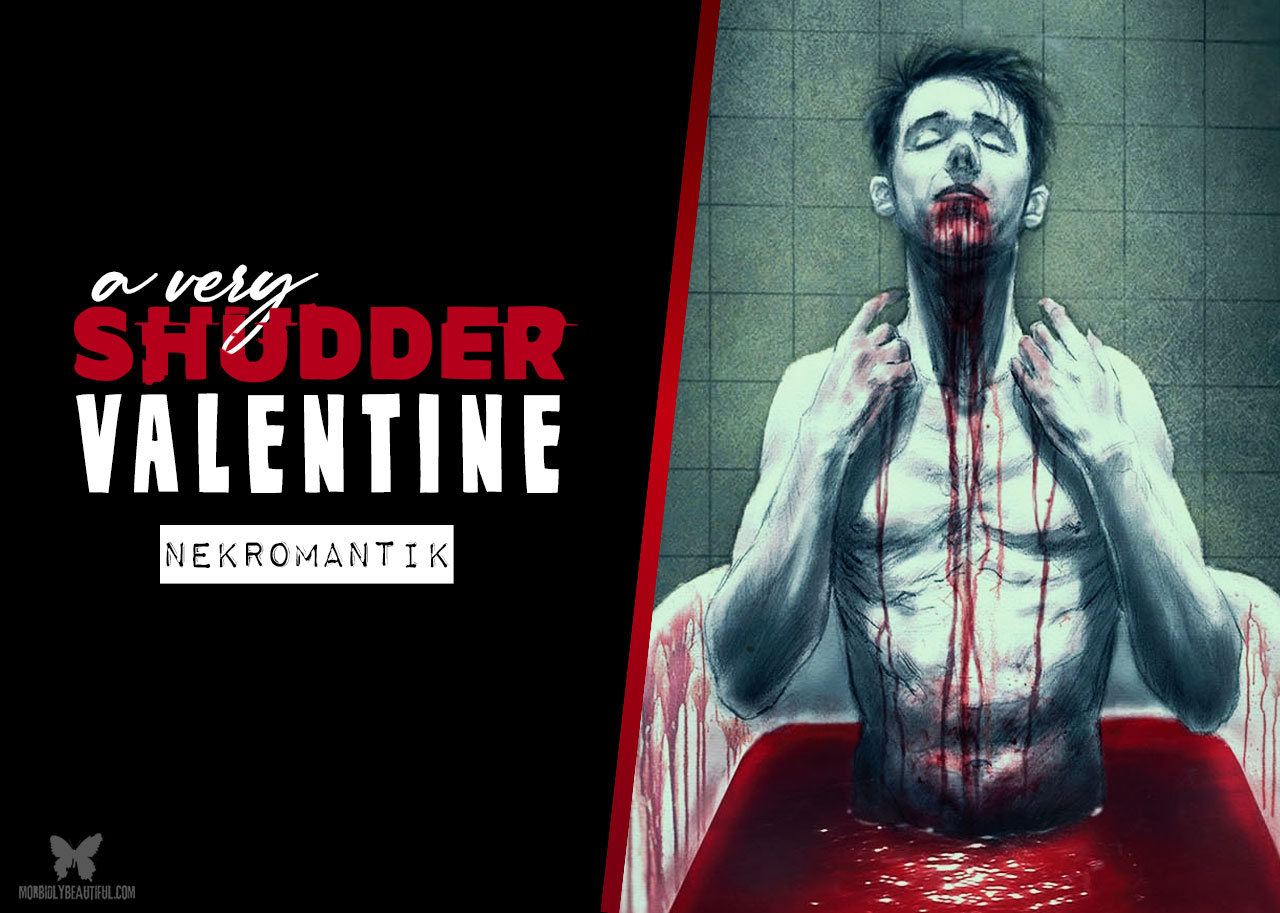



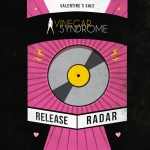







Follow Us!